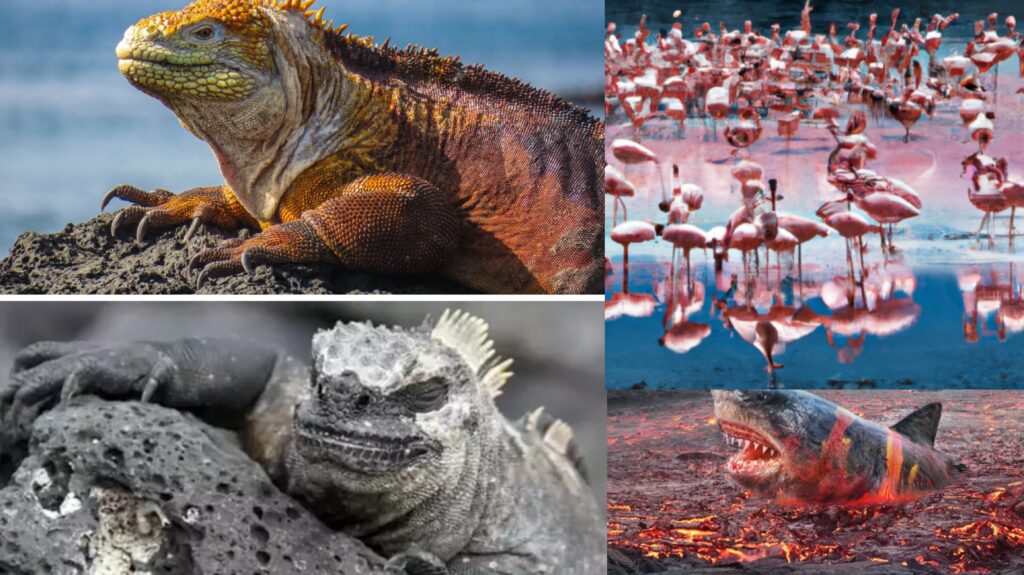
Several volcanoes around the world support rich ecosystems where animals not only survive but thrive. Animals can survive in volcanic by adapting to extreme conditions.
Here are some places animals that survive in volcanos –
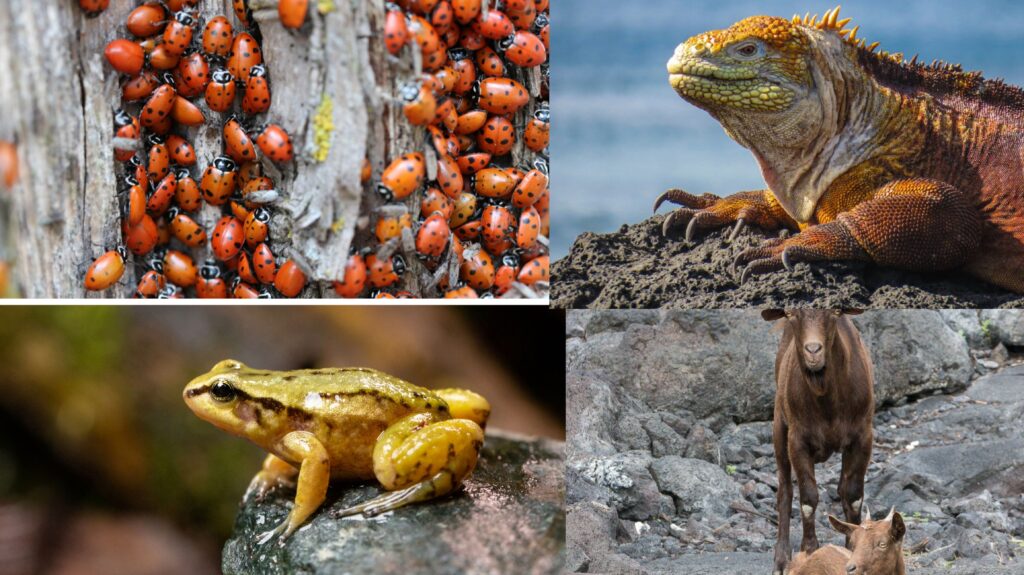
- Mount St. Helens USA
Animals found in Mount St Helen are Elk, mountain goats, amphibians and insects.
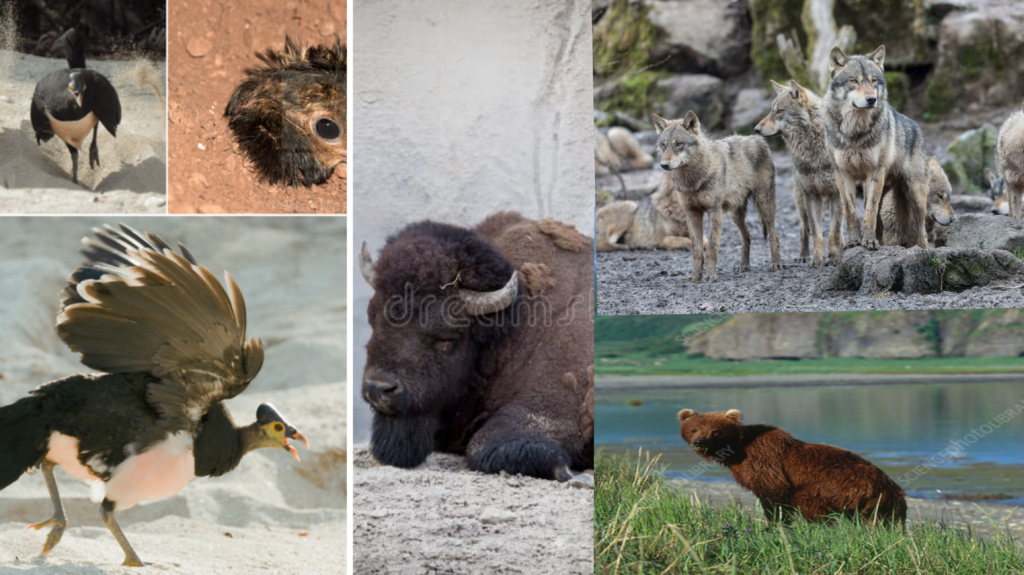
- Yellowstone Caldera USA
Animals found in Yellowstone Caldera are Bison, wolves, grizzly bears, various birds.
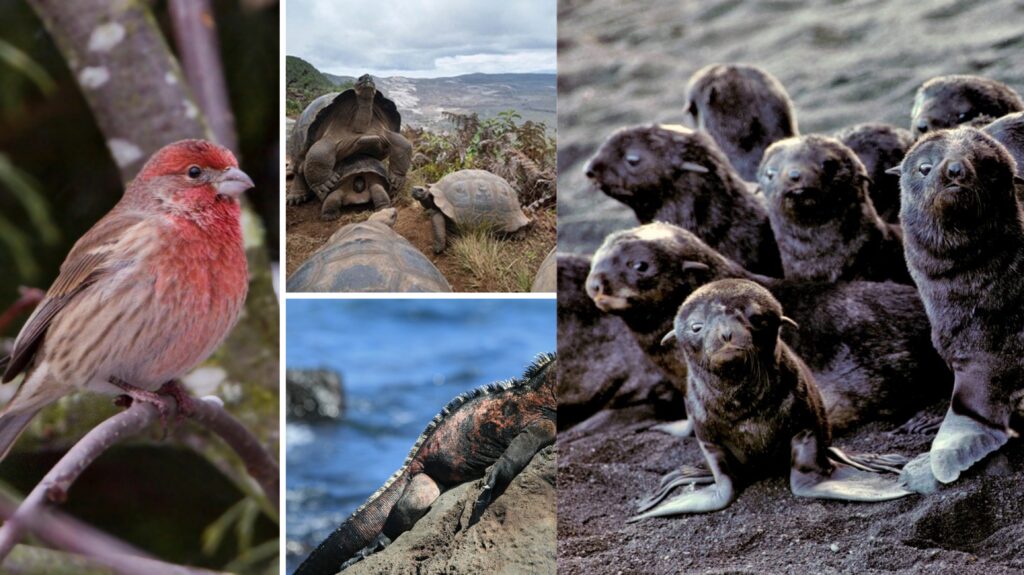
- Galápagos Islands – Wolf & Sierra Negra Volcanoes
Animals found in Galapagos island are Marine iguanas, finches, giant tortoises and sea lions.

- Mount Etna Italy
Animals found in Mount Etna are Foxes, hares, and birds such as peregrine falcons.

- Mount Erebus Antarctica
Animals found in Mount Erebus are Microbial life, seals, and penguins.
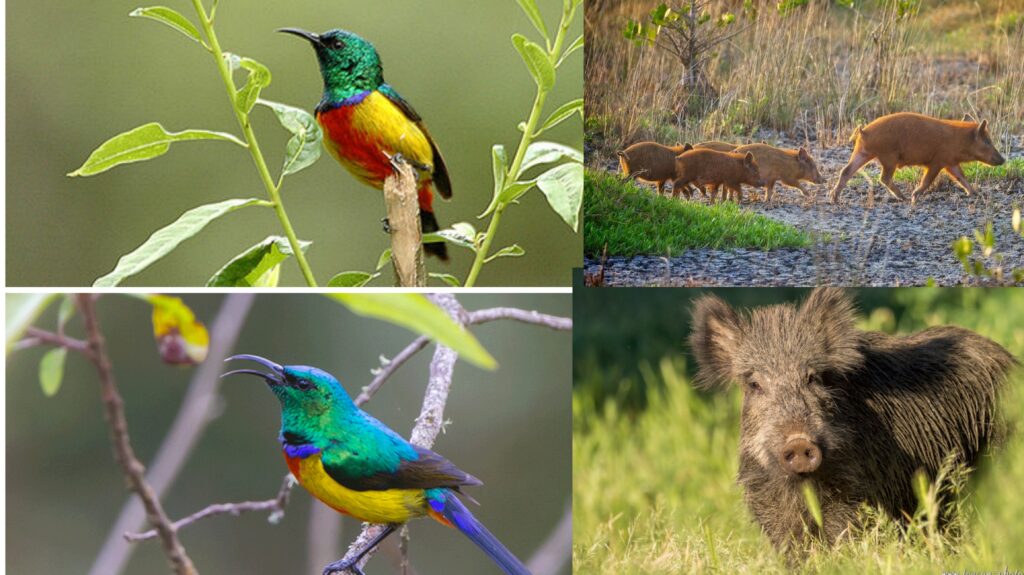
- Sakurajima Japan
Animals found in Sakurajima are wild boars, birds, insects the surrounding environment supports life in protected areas.
Animals that survive in volcanos are –
- Microorganisms
Bacteria and archaea that thrive in extreme heat, such as those found in Yellowstone’s hot springs. Microbes that survive in acidic volcanic environments such as sulfuric hot springs.
- Insects & Arthropods🦟🪳🪲🪰🦗
Some insect species like wingless crickets found in lava tubes in Hawaii, survive by feeding on bacteria and organic material. Spiders and centipedes live in cooled lava tubes, preying on other small creatures.
- Birds🐦⬛🕊️
Birds often nest near volcanic regions due to fewer predators, Hawaiian honeycreepers and Galápagos finches can be found in volcanic landscapes, some birds like the common raven, scavenge around volcanic areas.
- Reptiles🐍
The Galápagos land iguana and marine iguana live near volcanic zones and adapt by basking on warm rocks.
- Mammals🦇🦌🦙
Mammals like bats use lava tubes as shelters. Mountain goats and deer are found on volcanic slopes, grazing on plants growing in volcanic soil.
- Fish🐟
Fish like the Poecilia mexicana have adapted to warm sulfur-rich volcanic waters.
These animals have either adapted to extreme heat acidic environments or found ways to survive in areas near volcanoes where conditions are less harsh.
